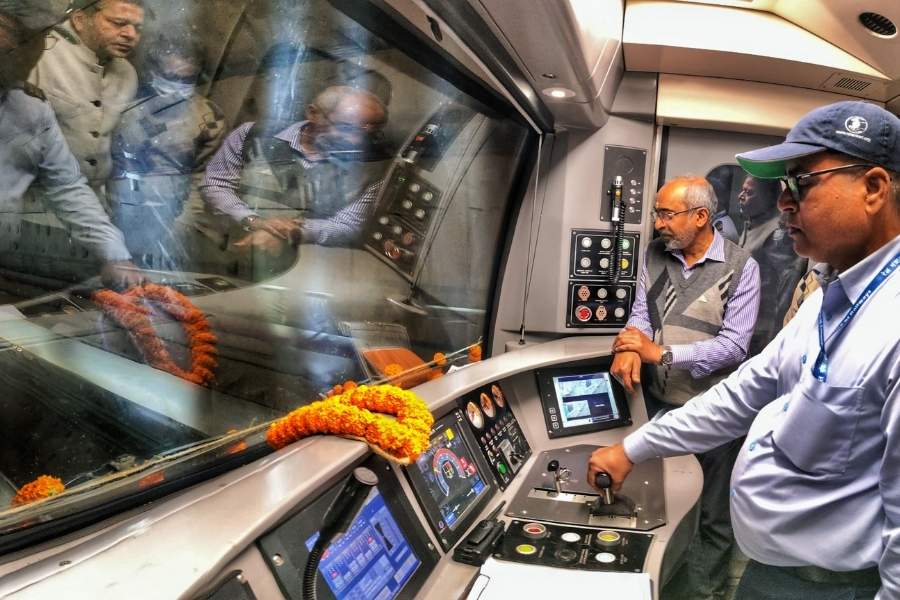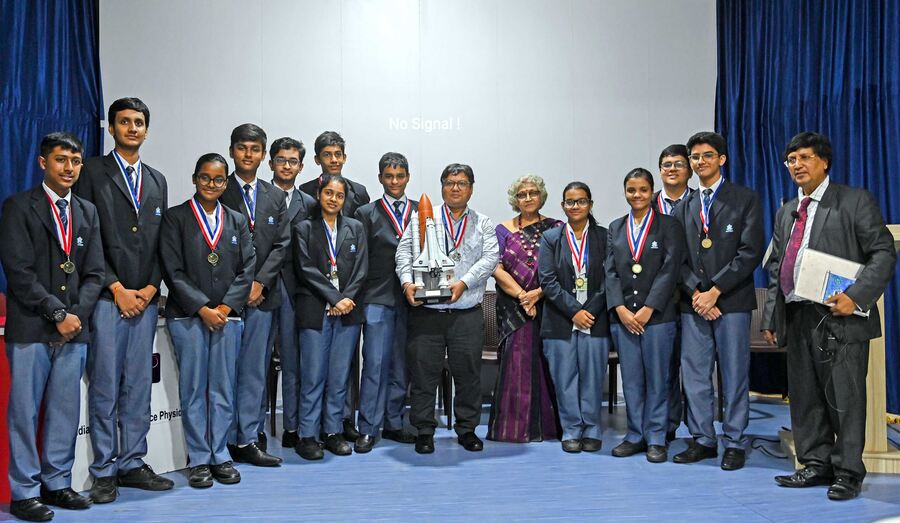
Lakshmipat Singhania Academy students were felicitated by the Indian Centre for Space Physics for winning the International Space Settlement Design Competition that was held at the Kennedy Space Centre followed by a talk on Sustainability of Space programmes by Sandip K Chakrabarti
Photographs by Amit Datta
LSA, which has been taking part in the competition since 2011, won it for the sixth time with Subrato Chakroborty being the common guiding factor for the students every time. Sandip K Chakrabarti, the director of Indian Centre for Space Physics, felicitated all 12 students and their teacher (in picture). Meena Kak, the director of LSA, said: ‘This is the sixth time that LSA has won this prestigious competition. It speaks louder about the grooming and learning that the students receive in this academy. The students and the mentor have put across dedication and hard work to achieve this victory. It is proved again that the holistic learning that the school provides has been instrumental in preparing the students for an international presence’
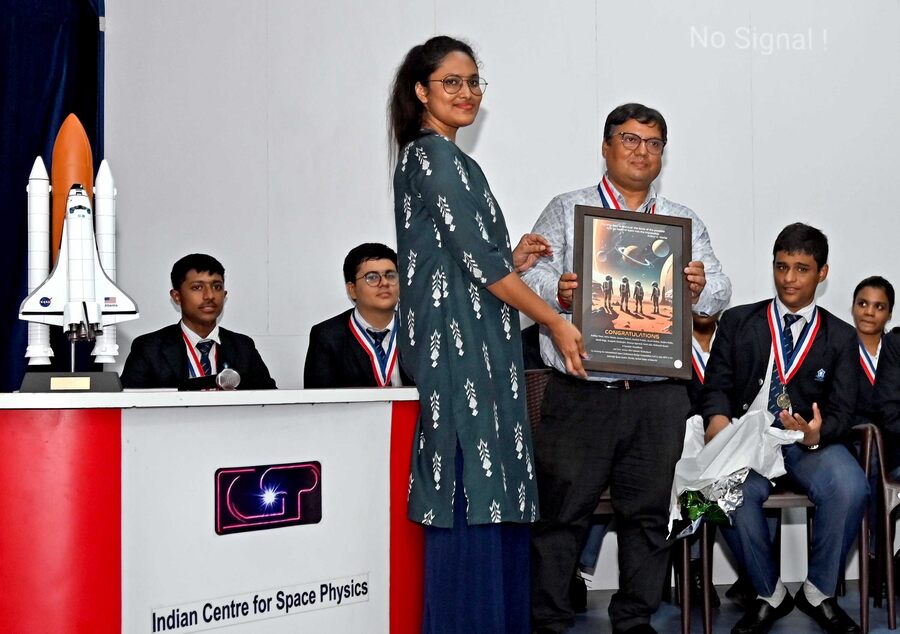
A congratulatory artwork done by Manish Das from The Pop Steam Talk Show was presented to the school by Ritabrita Maity on behalf of The Pop Steam Talk Show who conducted the proceedings of the felicitation ceremony. The artwork celebrating the success of the Lakshmipat Singhania Academy students was received by mentor Subrato Chakroborty

The students of the winning team went on to present their experiences from the competition, recalling how they went through the competition taking part in the preliminary round, Indian national, Asian semi-finals and then the international finals. One of the students said: ‘We learnt quite a lot from the whole experience. At the Asian finals and the international rounds, we had to collaborate with students from other countries and while it started off as argumentative, we found a way to get our point across.’ Even Subrato Chakroborty recalled his experience saying ‘We lost two rounds in between but the students stayed still and gave it everything to win. When I first took over as the mentor and a math teacher, half the space physics term would go over my head. I have learnt a lot from my students’
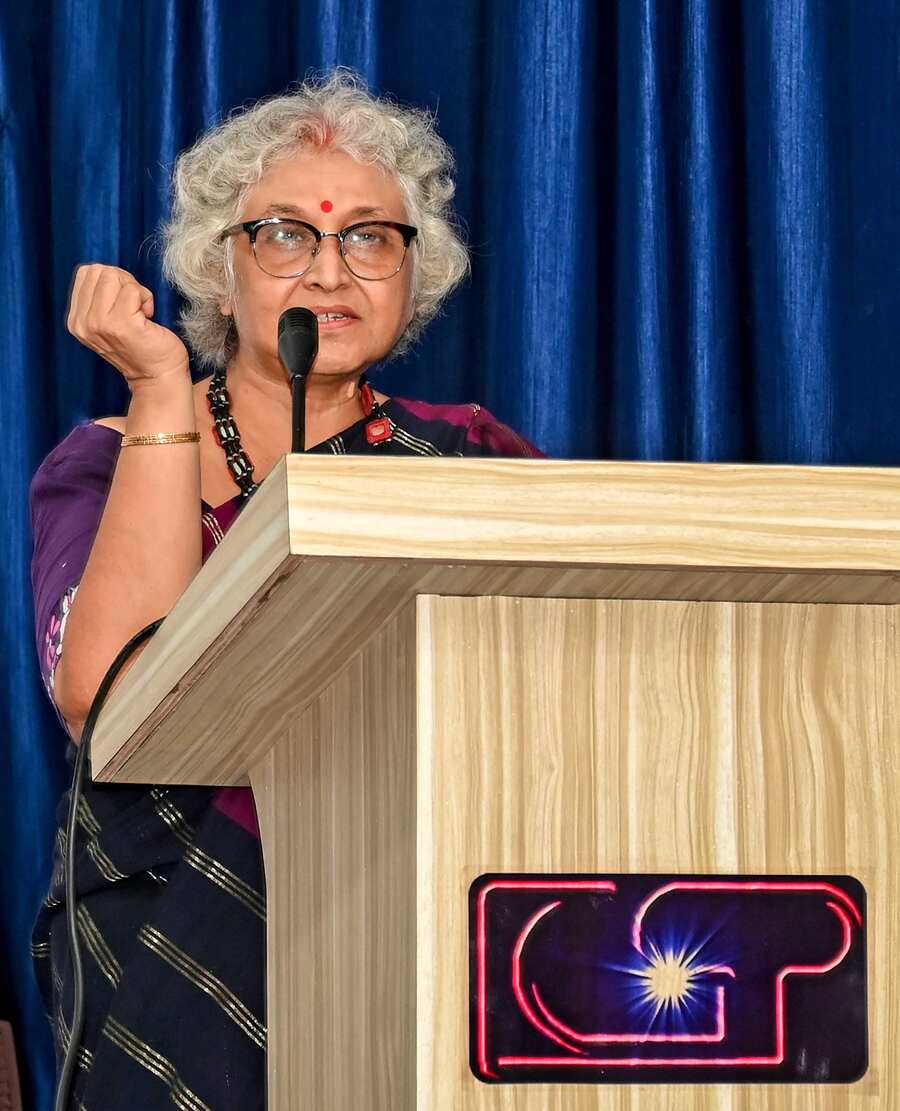
Subha Das Mollick from The Pop Steam Talk Show was the host of the programme and she said: ‘It is inspiring to see that the future is in such bright hands. When the students recalled their experiences, it was like we were there with that. It is commendable that the students of Lakshmipat Singhania Academy have won this competition 6 times now’
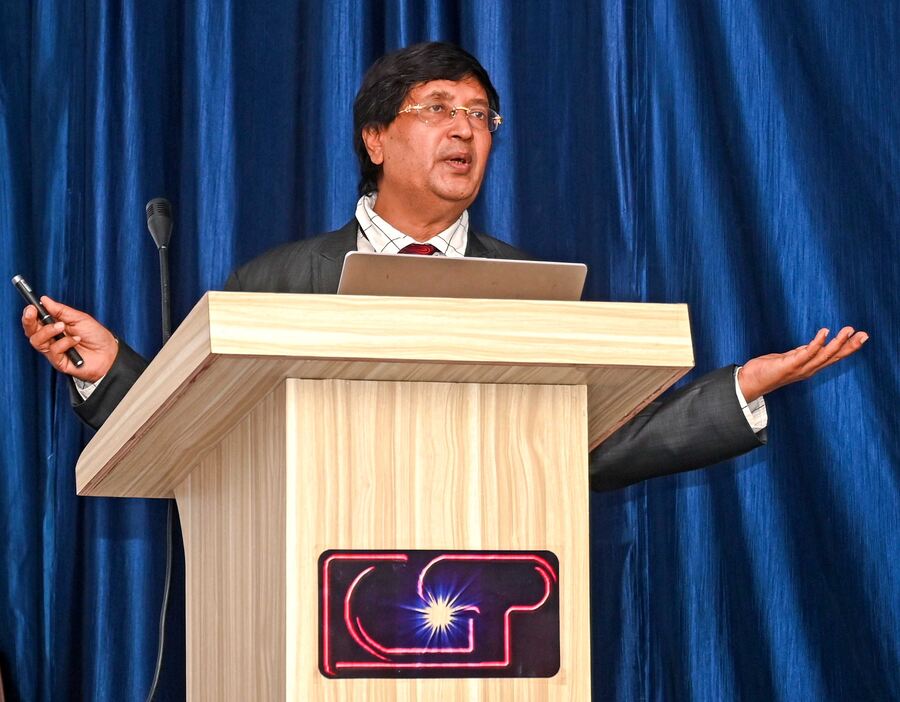
Sandip K Chakrabarti gave an interesting talk on the ‘Sustainability of Space Programmes’ that went on for a little under an hour. In a survey by Stanford University, Chakrabarti was recognised as the top most Indian astrophysicist. Chakrabarti’s knowledge and thoughts on things related to space physics was enthralling to hear. One of the most interesting things he touched upon was how the earth’s climate has been on a rapid decline since the start of the industrial revolution. Chakrabarti said: ‘When we look towards settlement in space, do we consider just human settlement or do we take into consideration our pets and other animals. Using space as a tool to exploit money is not right and rather than having extensive space programmes, we should rather look to make our own planet more inhabitable’
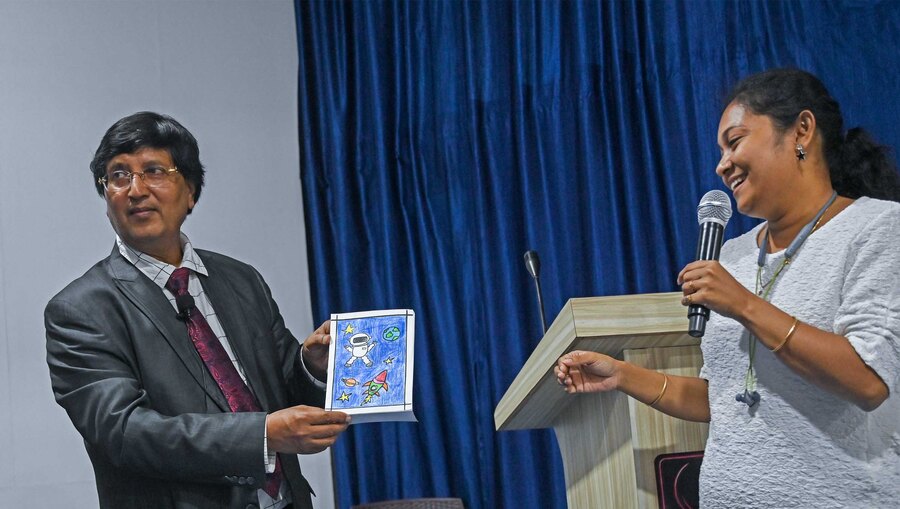
Going deep into the need to reduce space exploration, Chakrabarti said: ‘If any country sends out a space mission, they should ensure that they are responsible for bringing it back. There are too many objects that are floating around as space debris and if we are not careful retrieving these objects they are harmful for any space programs and they can damage satellites and shuttles in space. We need to be responsible for activity cleaning space of this debris lest it turns into floating objects of destruction.’ At the end of the programme, a lady sitting in the audience came up to the stage and presented Chakrabarti with a drawing made by her seven-year-old daughter who was inspired by him on a visit to the Space Museum at the Indian Centre for Space Physics


